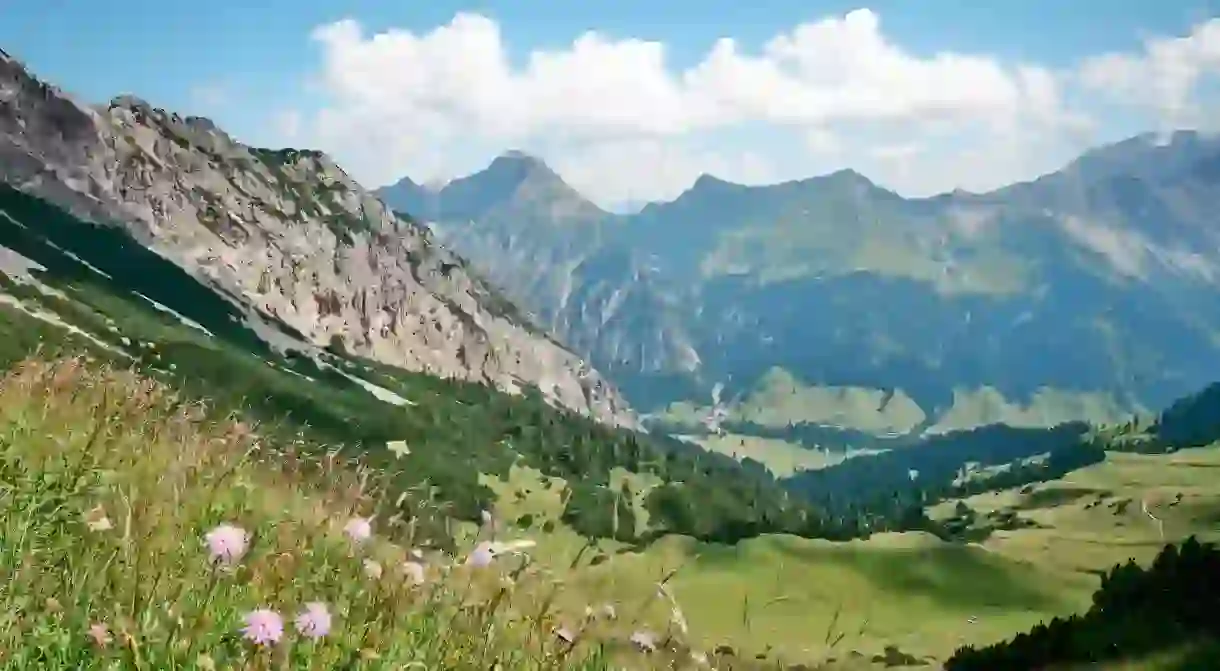The 12 Most Beautiful Places to Visit in Liechtenstein

Liechtenstein is nestled in between Switzerland and Austria and is steeped in history, culture and dramatic scenery. Stunning castles, historic sites, royal heritage and pristine nature await those visiting this Alpine state. Visitors will be surprised and delighted by how much this tiny country has to offer. Here’s our guide to some of the most beautiful places to visit in Liechtenstein.
Vaduz Castle

Hofkellerei

The Red House

Kunstmuseum
Building, Cathedral, Museum
Cathedral of St. Florin
Building, Cathedral, Church

Ski Region Malbun

Burg Gutenberg
Architectural Landmark

Princes' Way Hike
Natural Feature

If you’re up for a challenge and some amazing views, take on The Princes’ Way. It is one of the most famous paths winding its way through the Rätikon Mountains. The hike’s starting point offers views from Alp Gaflei, at an altitude of 1400 meters. Throughout the hike, the path climbs while revealing more breathtaking views as well as sections with fixed wire ropes to grip. You will have the chance to see the Three Sisters in the distance at Gaflei Saddle. The hike then continues below Helwangs Peak to ‘Chemi’ (chimney) and wanders down to Bärgalla Saddle with more views of the valleys and mountains in Liechtenstein. You finish back where you started in Gaflei, having completed a hike of six kilometers.
Castle Ruins in Schellenberg
Ruins
The Eschnerberg Trail
Natural Feature
Old Rhine Bridge
Architectural Landmark

The last of its kind, the wooden Old Rhine Bridge connects the Vaduz and Sevelen municipalities. The 135 meters of unpainted construction was completed in 1901. Entrance is only permitted to pedestrians and cyclists, offering a path into Switzerland from Liechtenstein over squeaky floorboards. Approximately halfway through, there is a sign indicating the crossing of borders, as the Rhine River forms the frontier between Switzerland and Liechtenstein. Today, the bridge is rustic in appearance, adding to this unique border-crossing experience.
Walser Heimatmuseum
Building, Cemetery, Church, Museum













